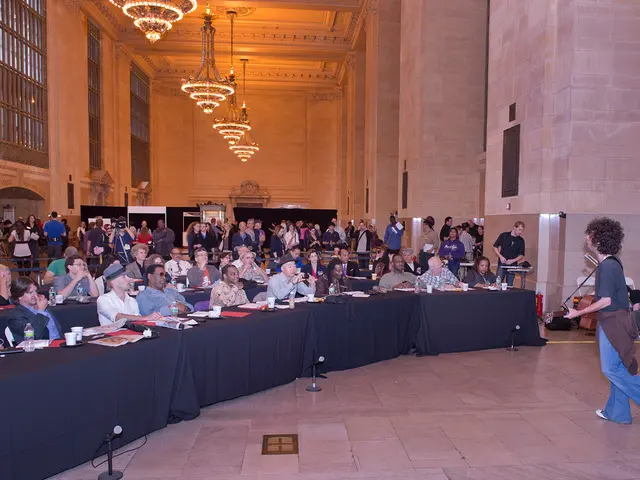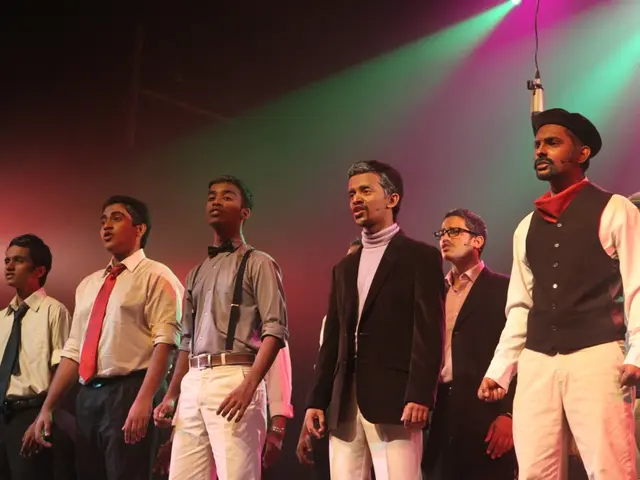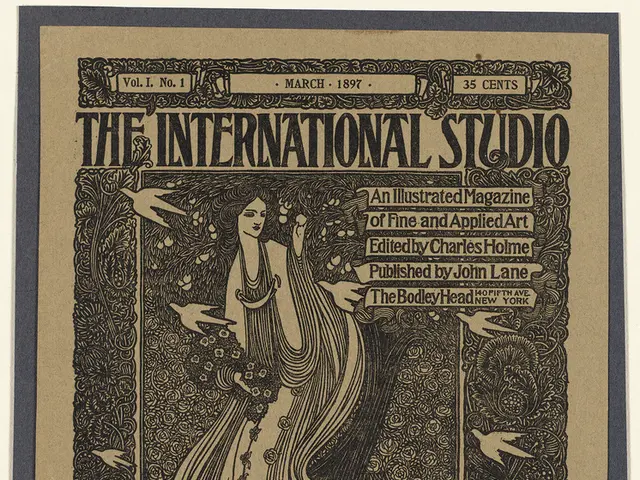Mozart's 'Ave Verum Corpus' Origins Trace Back to 13th Century
The origins of Mozart's 'Ave Verum Corpus' have been traced back to Pope Innocent VI, with the Latin hymn's lyrics dating to the 13th century. This Eucharistic hymn, praised for its simplicity and beauty, has been set to music by numerous composers, most notably by Wolfgang Amadeus Mozart in 1791.
Mozart composed his 'Ave Verum Corpus' motet in D major, intended for a small-town church choir to perform on the Feast of Corpus Christi. He dedicated this work to his friend Anton Stoll, the musician at a small church in Baden. The motet, arranged for SATB choir, string instruments, and organ, consists of 46 bars, omitting the final three lines of the full text.
The Latin hymn, translated as 'Hail, true body born of the Virgin Mary', has been set by many renowned composers. English composers William Byrd and Edward Elgar, among others, have created their own interpretations of this ancient text. Despite the diverse musical styles, all these settings retain the original Latin hymn without alterations.
Mozart's 'Ave Verum Corpus', composed in the last year of his life, stands as one of his most beloved works. Its beauty and simplicity have captivated audiences for centuries, performed in both religious and secular settings. The motet's enduring appeal lies in its ability to preserve the original Latin text while allowing composers to express their unique musical voices.
Read also:
- Late-night host Lawrence O'Donnell responds to Jimmy Kimmel's departure with a discussion on a subject "Donald Trump doesn't wish us to examine"
- EU Member States cast their decisions
- Eighteen-Year-Old Speaks Out Against Lowering Voting Age to Sixteen
- King Charles's body language analyst dissects signs of apparent 'impatience' exhibited by Charles towards Trump





